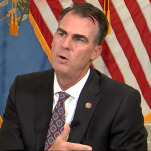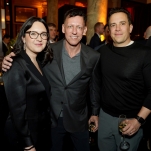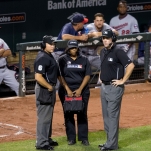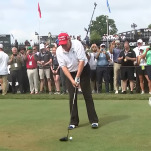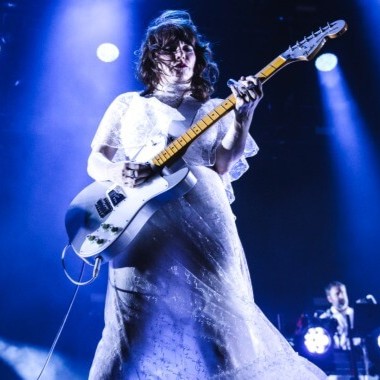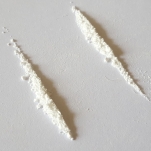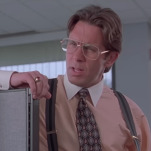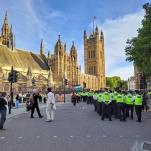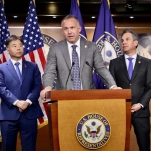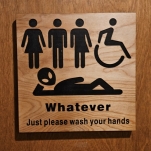How a woman's boob size can affect her brain
I’ve never been a fan of my breasts. They’re too far apart, they’re not perky enough, and my nipples are bigger than I’d prefer. One time in college, a guy called them “silver-dollar nipples,” and I wanted to curl up into a ball and die. While I’ve grown to tolerate them over the years (thanks largely to my boob-loving partner), I basically ignore them outside of sexy time.
The sad reality is that my boob ennui makes me part of the majority in this country. According to surveys, an alarming 70% of women report being unhappy with their breasts. This figure helps explain why breast augmentation continues to reign supreme as the number one cosmetic procedure in the United States, and why it’s been been steadily on the rise for the past two decades. More women are seeking breast lifts, too, and breast reductions remain popular.
These figures speak to a greater reality that doesn’t always get the attention it deserves: For many women, their relationship with their breasts can have a very real impact on their mental health, with boobs that are anything less than “perfect” torturing and tormenting them. Some of these women are prone to body-image issues more generally, but they fixate on their boobs as the source of whatever is plaguing them in life.
Which makes sense, doesn’t it? Thanks to cultural conditioning, for many women, boobs aren’t just some body part—they are the single most important body part. So it stands to reason that a woman’s boobs and her brain can become perilously linked. But what, exactly, is contributing to this widespread dissatisfaction? I posed this question to breast researchers and surgeons, who shared eye-opening insights about our country’s boob blues.
The most obvious contributor is the fact that pop culture inundates us with images of one particular ideal, sending the message that anything other than that ideal is flawed. “Whether we like it or not, breasts have become the symbol of femininity,” said Herluf Lund, a plastic surgeon in St. Louis, Missouri, who specializes in augmentations. Which is a bum deal, he said, given that most of the images we’re exposed to don’t reflect reality. “There are as many breast shapes as there are women.”
From asymmetrical breasts to tuberous ones, from A-cups to H-cups, boobs are like snowflakes: Every pair a little different. Yet when women want to “fix” their chest, they almost always ask for the same thing: a C-cup or small D-cup, with nice proportions and perky cleavage.
“I think the Victoria’s Secret is kind of what is in most people’s mind as the ideal breast. They’re so perky and full,” said John Zannis, a plastic surgeon in eastern North Carolina who performs several hundred augmentations a year. “We have this idea that upper breast fullness is beautiful, and that is really something that [rarely occurs] naturally.”
For many women, their fraught relationship with their boobs begins before they even have them. Concern about breasts not living up to cultural expectations starts young, said Carl Pickhardt, a psychologist in Austin, Texas, who specializes in adolescent behavior. “Young women who develop very late start feeling like, ‘What’s the matter with me?'” he told me, adding, “If your peers are starting to look more womanly and you still look like a girl, that is ‘different’ enough to get you a lot of unwanted attention.”
On the flip side, for young women who develop early, their breasts often become their identity. “You realize you happen to have this appearance thing that gets you an auto entry into social groups, and it’s hard not to invest in that,” said Pickhardt. Girls who develop large breasts young face a greater risk for depression, eating disorders, lower academic achievement, and drug use, according to various studies.
-

-

-

-

-

-

-

-

-

-

-

-

-

-

-

-

-

-

-

-

-

-

-

-

-

-

-

-

-

-

-

-

-

-

-

-

-

-

-

-

-

-

-

-

-

-

-

-

-

-

-

-

-

-

-

-

-

-

-

-

-

-

-

-

-

-

-

-

-

-

-

-

-

-

-

-

-

-

-

-

-

-

-

-

-

-

-

-

-

-

-

-

-

-

-

-

-

-

-

-

-

-

-

-

-

-

-

-






